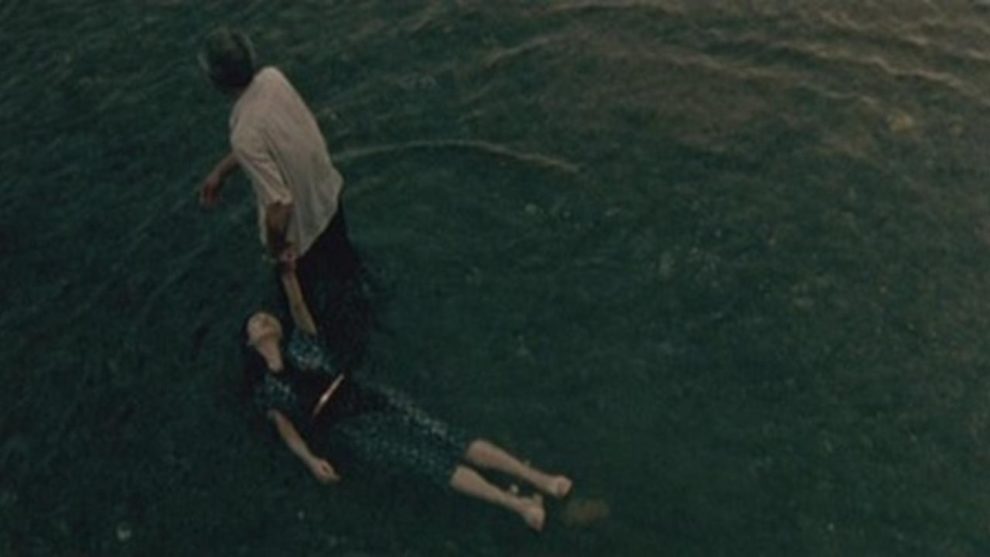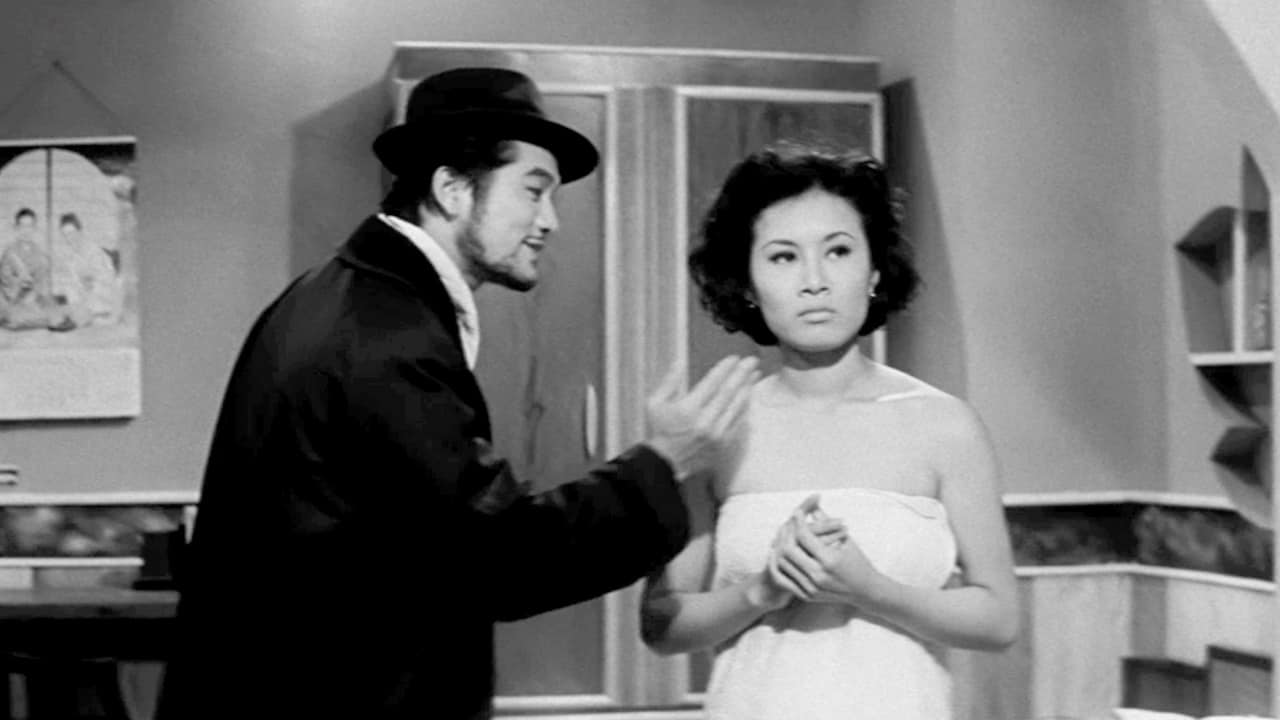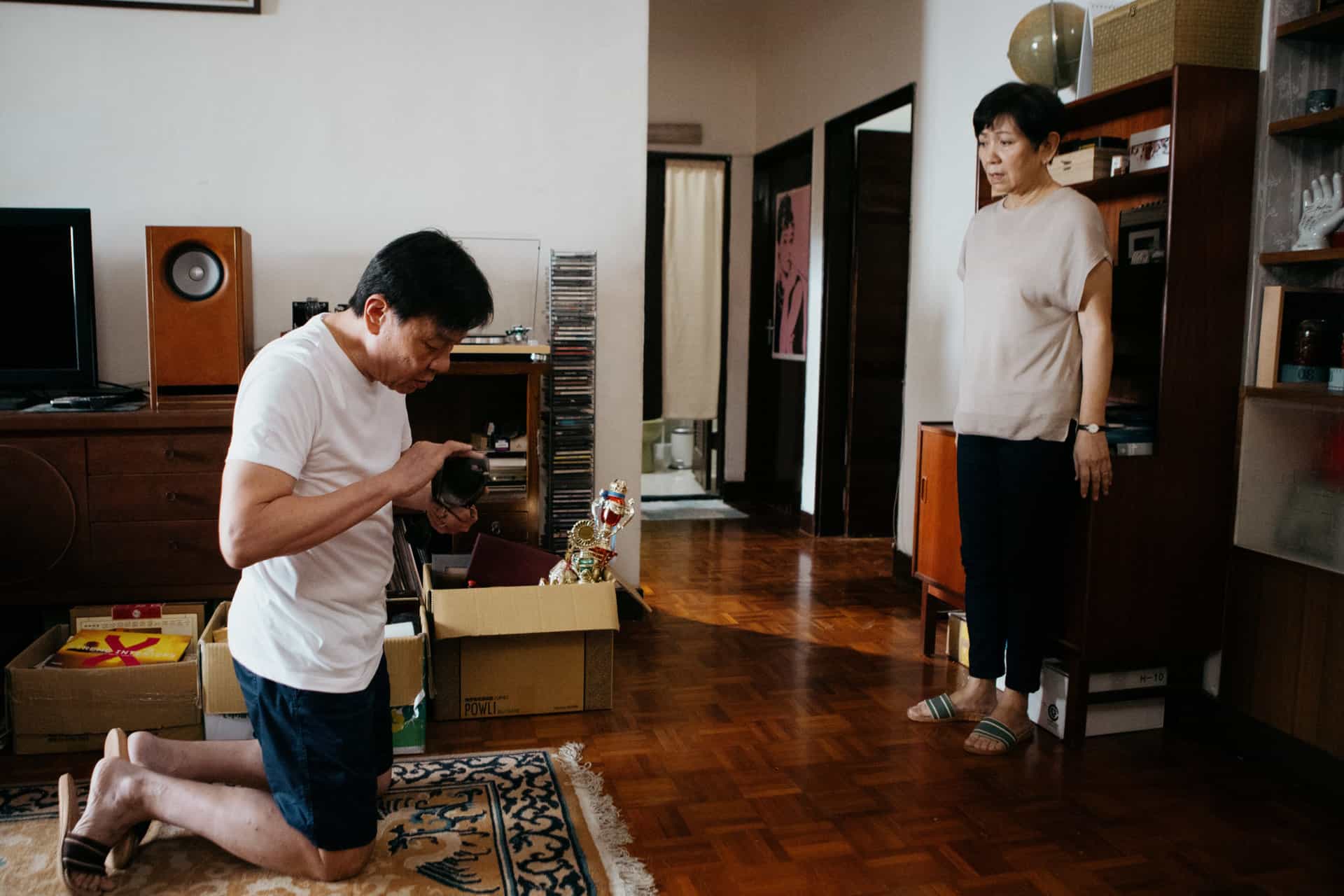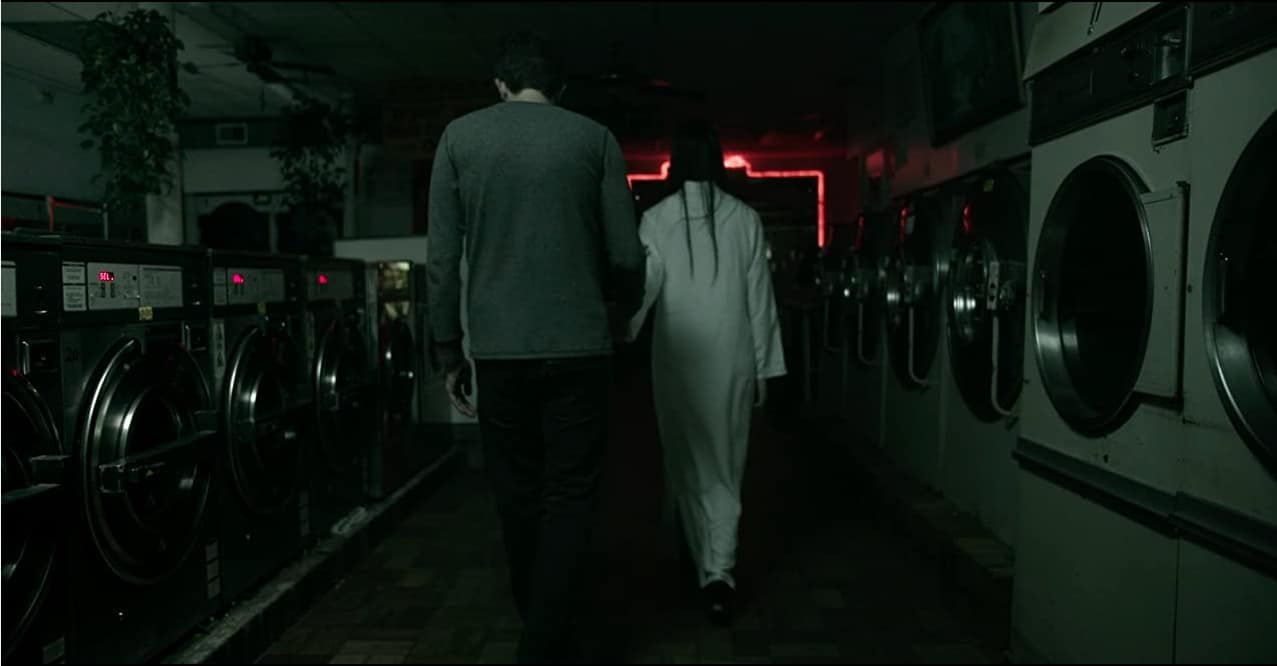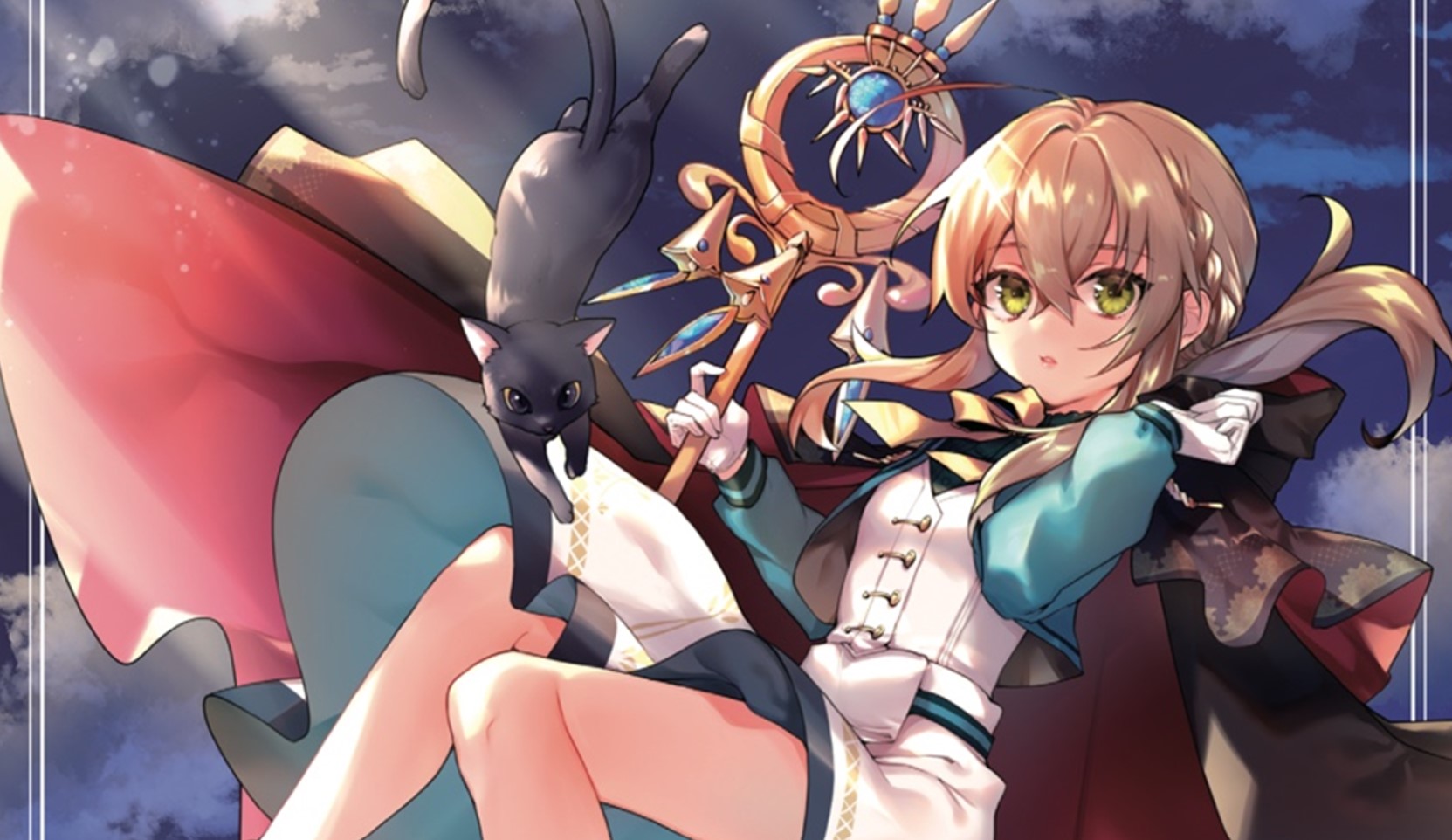While cinephiles mostly associate Kazuo Hara with documentaries such as “The Emperor's Naked Army Marches On”, the director has also made a feature film in 2005, together with his long-term partner producer and screenwriter Sachiko Kobayashi. However, “The Many Faces of Chika”, which follows the story of a woman through four stages in her life, contains similar qualities, especially a sharp eye for human relationships and flaws, along with a critical view on Japan's society and politics. Given the background of the tumultuous 1960s, with a specific allusion to the student protests, “The Many Faces of Chika” tells a story of a women's journey into uncertainty and her many facets, which mirror the social and political changes of the times.
The Many Faces of Chika is screening at Japan Society
In her youth, Chika (Takami Yoshimoto) was a talented gymnast who even participated in the Tokyo Olympics, but due to a mistake in her final performance, quit sports for good. During this time, she finds support in her relationship with Yoshio (Minoru Tanaka), and finally moves in with him, starting a career as a gym teacher in Tokyo. However, after a while and the birth of their son Junichi, a fatal diagnosis threatens the happiness of the young family. Meanwhile, at school Chika (Makiko Watanabe) gets to know the boy's sports coach, a young man named Kazuya (Seiichi Tanabe), and while her husband is away recovering from his medical condition, the two teachers have an affair. As the danger of being exposed becomes too much to handle, Chika decides to quit her job, against Kazuya's wishes.
Some years later, Chika (Kumija Kim) is now almost broke and with her marriage in shambles she tries to get by as good as she can, when she suddenly runs into a former student of hers. As the two catch up, she finds out he has quit school and joined an animal rights-group led by his sister, whose increasingly radical tendencies make him worry. In the last segment of the feature, Chika is played by actress Kaori Momoi, and is now the owner of a small bar, where one of the regular costumers starts an affair with her and asks her to join him on a trip to a small island at the Japanese coast.
Even though you might say “The Many Faces of Chika” lacks the kind of impact of Kazuo Hara's documentaries, there is, however, no denying it utilizes a similar approach when it comes to its characters. While the change of the character is already implied in the change of the actress playing the part of Chika, she also escapes being comprehended by the audience as she seems to adapt to the changing environment around her as well as the lover she is with. The various changes at the beach seem to highlight how she is somewhere between life and death, a character as nebulous and indecisive as the times she lives in, albeit with a few rather problematic and contradicting notions, which is again emphasized by the performances of the four actresses playing the part.
If there is a constant character trait in Chika it is her belief in the “brighter” day which might come soon. Each lover and each relationship seems to have a promise of a better life, or, at the very least, some kind of normality, whatever that may be. The various archival footage of the student protests, who become more and more violent, thwart these plans and instead stress a growing sense of isolation and estrangement, which Kobayashi's shows in the relationship between Chika and her son, as well as her various lovers. In the context of the history of Japan, the fatal notions in her character become more obvious, uncovering a destructiveness which seems to have been there from the beginning.
In the end, “The Many Faces of Chika” is an interesting experiment in feature filmmaking for Kazuo Hara and Sachiko Kobayashi. While exploring the life story of the central character, they discuss some of the themes of Japanese culture at the time, a trend towards self-destruction, the generational gap and a growing sense of social isolation.


